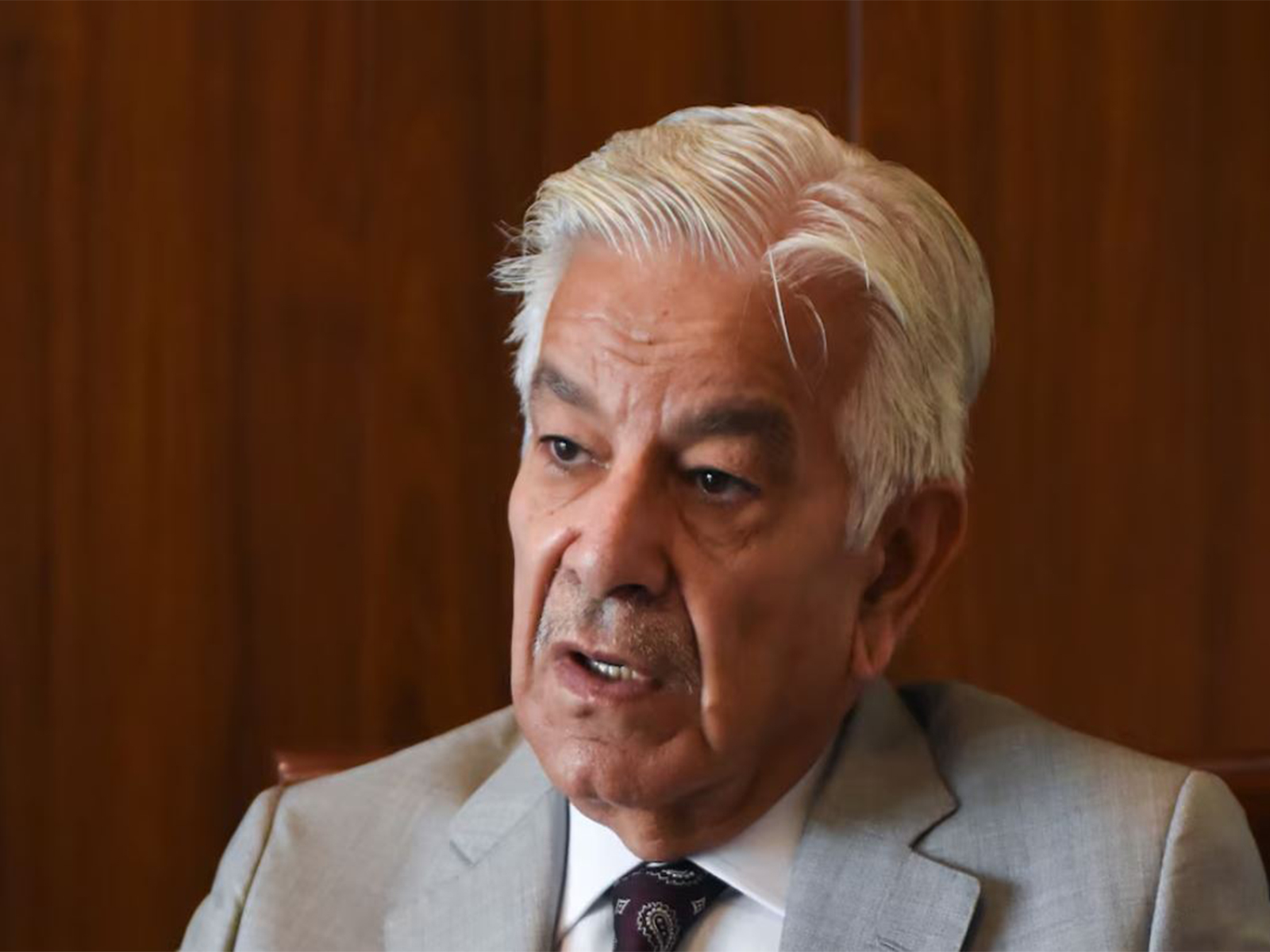- Apologised to PM Shehbaz on presumptions about supposed minerals deal with US: Senator Aimal Wali Dawn
- Mining diplomacy: Pakistan sends first shipment of critical minerals to US; month after $500m deal Times of India
- Pak Ships 1st Consignment Of…
Note that Rubio hands Trump says Gaza deal is ‘very close’ and requests approval for a social media announcement
The Associated Press is reporting that the note Marco Rubio just handed Donald Trump appeared to say that a deal was “very close”,…




